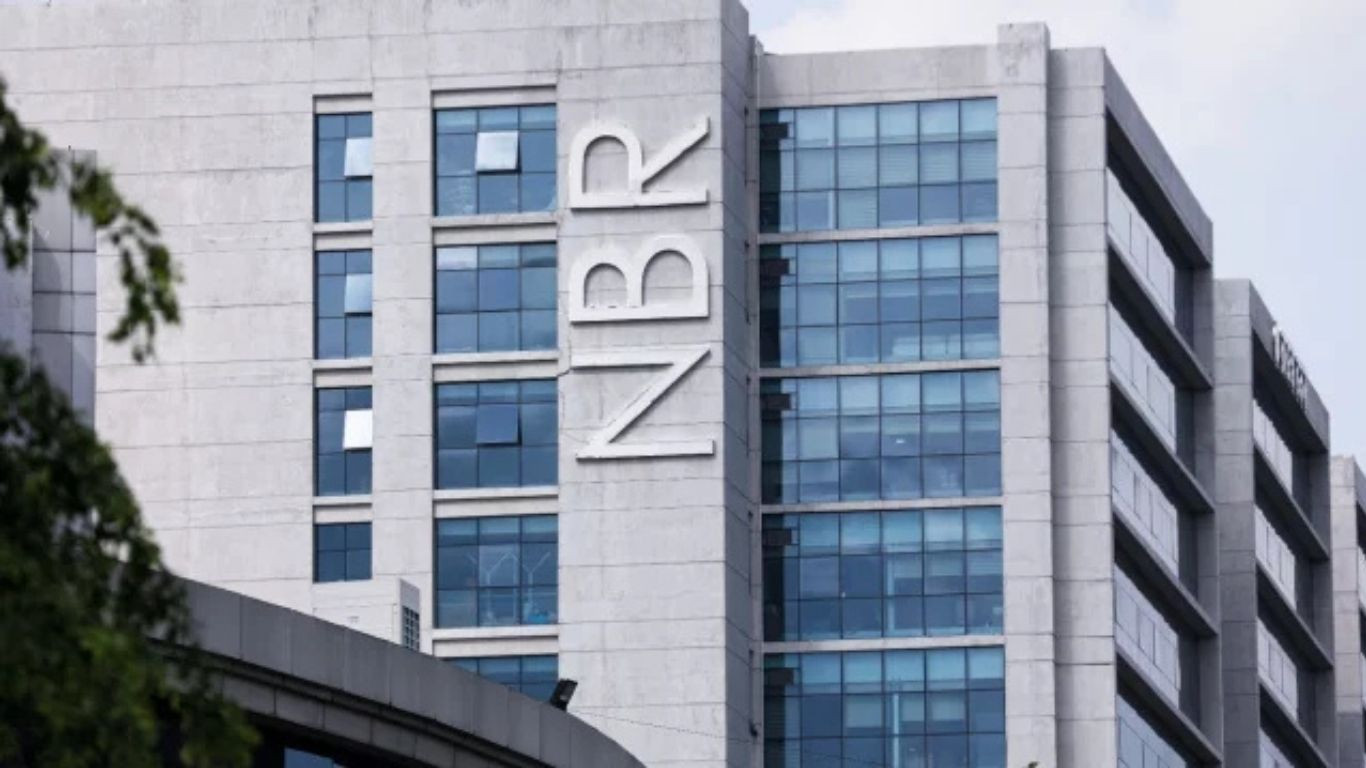K-pop’s October wave is built on constant comeback culture

The business logic behind nonstop releases
K-pop is flooding late October with comeback cycles, solos, and surprise collaborations — and that is not accidental. Labels are stacking releases ahead of holiday tour season and year-end award shows. Fans are getting new singles from legacy names and rookie groups in the same window, sometimes days apart. That pace keeps loyalty high and social media loud: every teaser poster, every choreography spoiler, every livestream counts as content. For global audiences, this creates a rolling feeling that “K-pop is always happening right now,” not tied to one album drop. Industry trackers say even veteran idols are repositioning: rappers and vocalists from second- and third-generation groups are lining up high-visibility solo material to prove they are not just nostalgia.
This October wave is also a financial engine. Korean entertainment companies now rely on far more than streaming plays. They sell deluxe physicals, themed merch capsules, arena and stadium dates, and pop-up events in cities far from Seoul. Every comeback is also a merch calendar. Releasing in clusters amplifies demand: fans who plan to buy one album often end up ordering three versions across multiple acts in two weeks. Insiders say this model turns fandom energy into predictable quarterly revenue. It also keeps Western partners — U.S. labels, global fashion brands, streaming platforms — invested, because they get constant traffic spikes instead of one boom-and-fade moment.
Why this matters outside Korea
K-pop’s release math is now shaping the global pop market. Western pop cycles used to follow a long build: single, promo, album, tour. K-pop’s model is closer to “permanent ignition.” A group or idol is always in comeback mode, rehearsal mode, behind-the-scenes vlog mode, or teaser mode. That relentless cadence forces Western acts to either speed up or risk disappearing between drops. It also explains why collaborations between K-pop idols and Western singers keep popping up: every partnership is an entry ticket into someone else’s algorithm.
For fans, the upside is constant novelty and the feeling of being inside an ongoing story. The downside is burnout. Fans spend heavily, chase preorder bonuses, and stay awake across time zones to boost chart positions. Labels design campaigns around urgency. The October stack shows how K-pop, more than almost any other pop economy, has turned hype itself into a product.






















